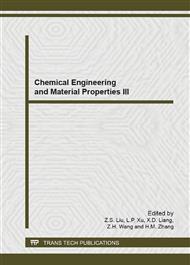p.119
p.124
p.129
p.135
p.138
p.142
p.147
p.151
p.155
RTW Based Rapid Development of Hot Strip Mill Laminar Cooling Prediction Software
Abstract:
During the strip laminar cooling process, the switching of cooling valves is decided by different operating modes, initial and rolling-terminating conditions. Aimed at shortening the development cycle and at the same time assuring the quality and regularity of the controlling program, this paper has designed a hot strip laminar cooling prediction software adopting the RTW code generating technique. First, the Simulink model of the cooling process is built. Second, the model is converted by RTW into C code which can launch without Matlab. Finally, the graphical user interface design is completed with the generated code incorporated in. Experiment shows that the software developed with this method can gain the same results as Simulink model. The work of manual coding is substantially reduced. The combination of convenient modeling of Simulink and flexible GUI designing of VC can provide better reliability and practicability than traditional software developing.
Info:
Periodical:
Pages:
138-141
Citation:
Online since:
August 2014
Authors:
Keywords:
Price:
Сopyright:
© 2014 Trans Tech Publications Ltd. All Rights Reserved
Share:
Citation:


